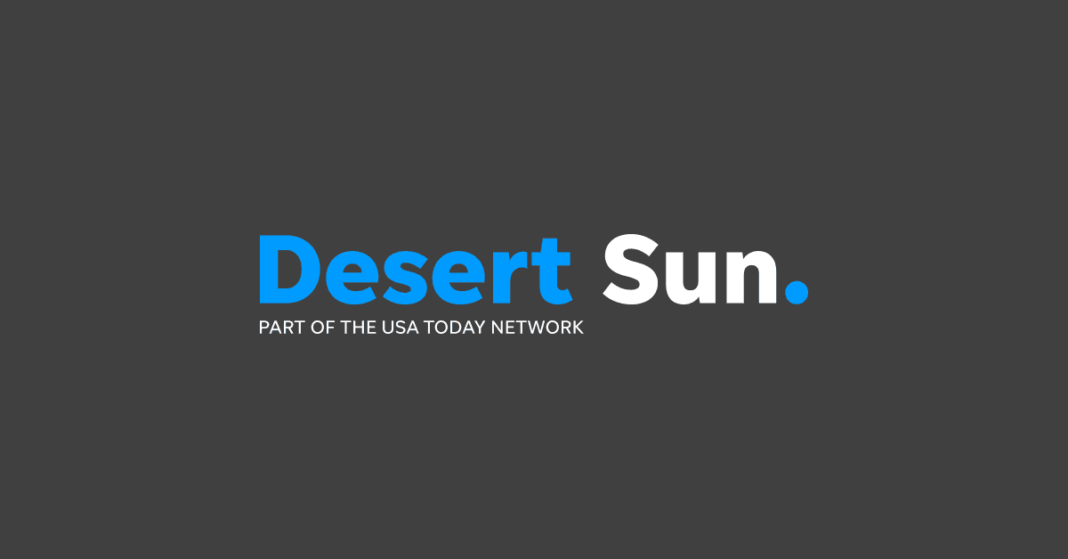Two Tribes Go To War: Divisive Proposals Could Result in Single-Payer Health Care
Introduction
When it comes to achieving the long-sought goal of single-payer health care, two proposals have found themselves in the center of a battle between former allies. But who will win? Read on to find out more!
The Two Divisive Proposals
In the fight for single-payer health care, two proposals have risen to the forefront—with arguments for and against both. The first proposal is the so-called ‘Medicare For All’ plan, which calls for an immediate transition to a single-payer system funded by taxes and general revenue. The second proposal is the more incremental ‘Public Option’, which would allow states to opt in to a publicly funded health care system similar to Medicare.
The Rival Factions
On one side of the debate are proponents of an immediate transition to a single-payer system, who argue that the Public Option does not go far enough in achieving universal coverage. On the other side are those who support the Public Option as a more feasible and politically palatable option.
Pros and Cons
Supporters of the Public Option point to the more gradual transition away from a for-profit system, which they believe could help to secure bipartisan support and prevent an economic shock. Additionally, they say, it could allow states to experiment with different models of care before committing to a fully funded system like Medicare For All. Advocates of Medicare For All counter that the Public Option does not guarantee universal coverage. They point out that the proposal does not change the underlying profit motive of health care and would not necessarily extend coverage to all.
Conclusion
Ultimately, both proposals could bring us closer to the goal of single-payer health care, but only the future will tell which path is taken. No matter the outcome, the debate over these two proposals has divided former allies in the fight for reform.

